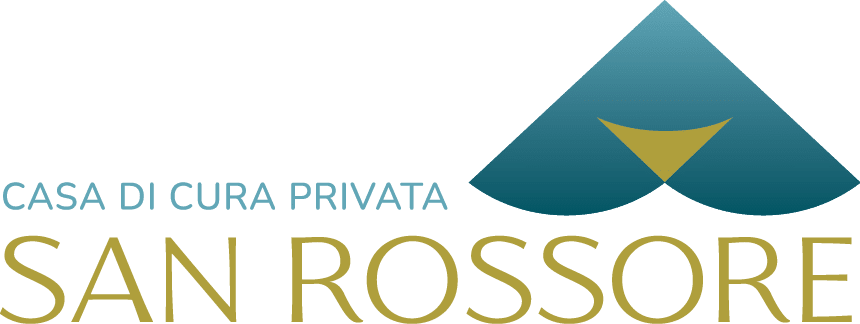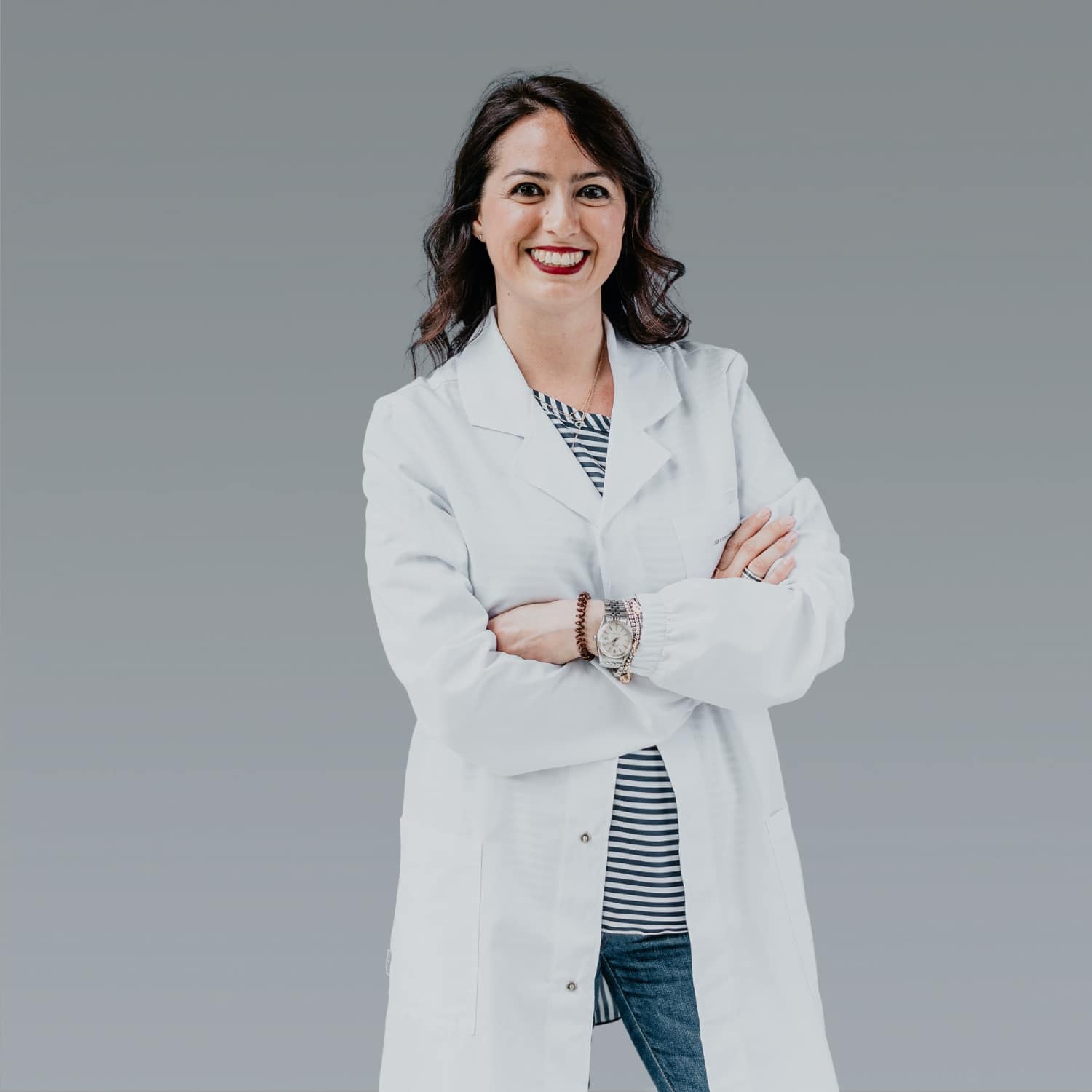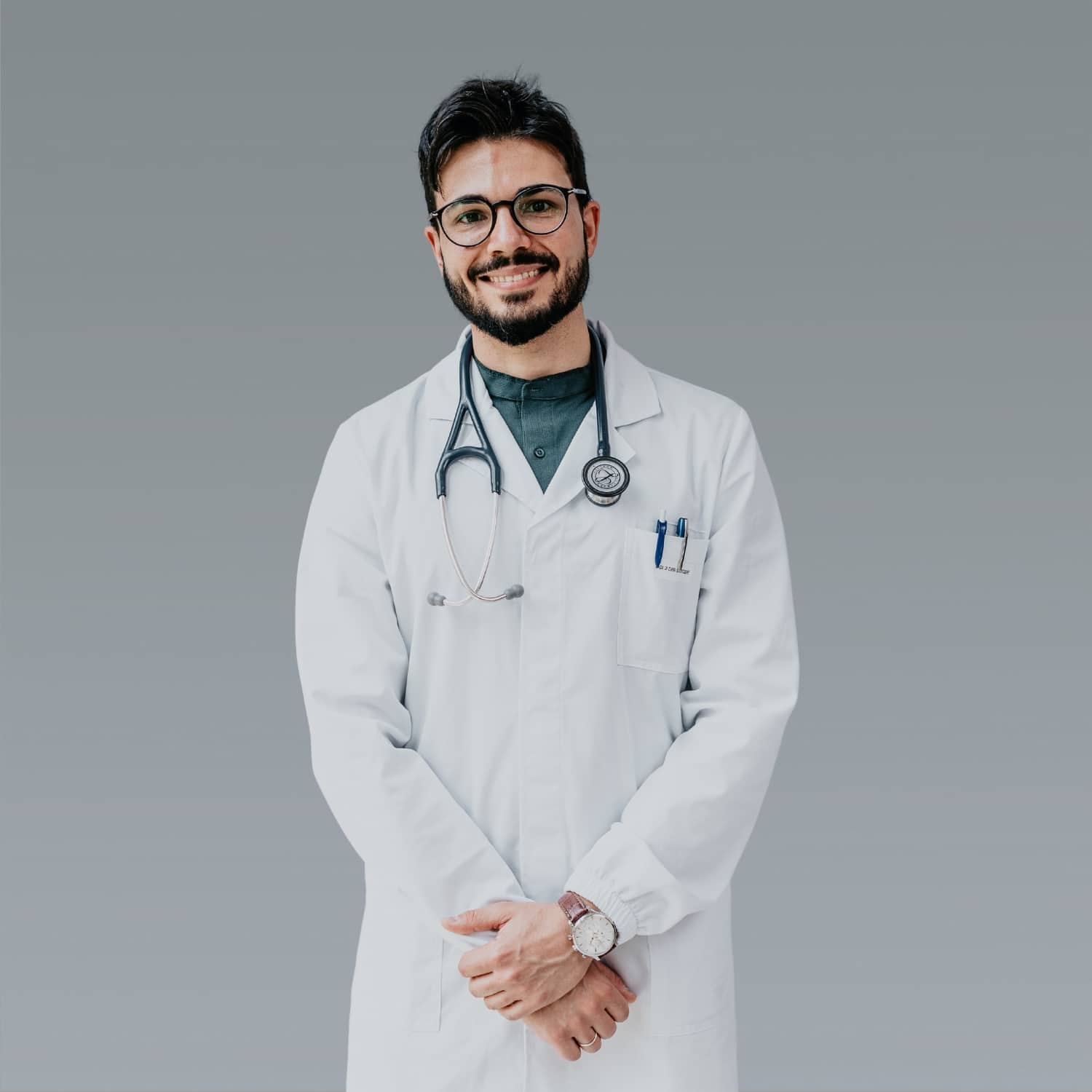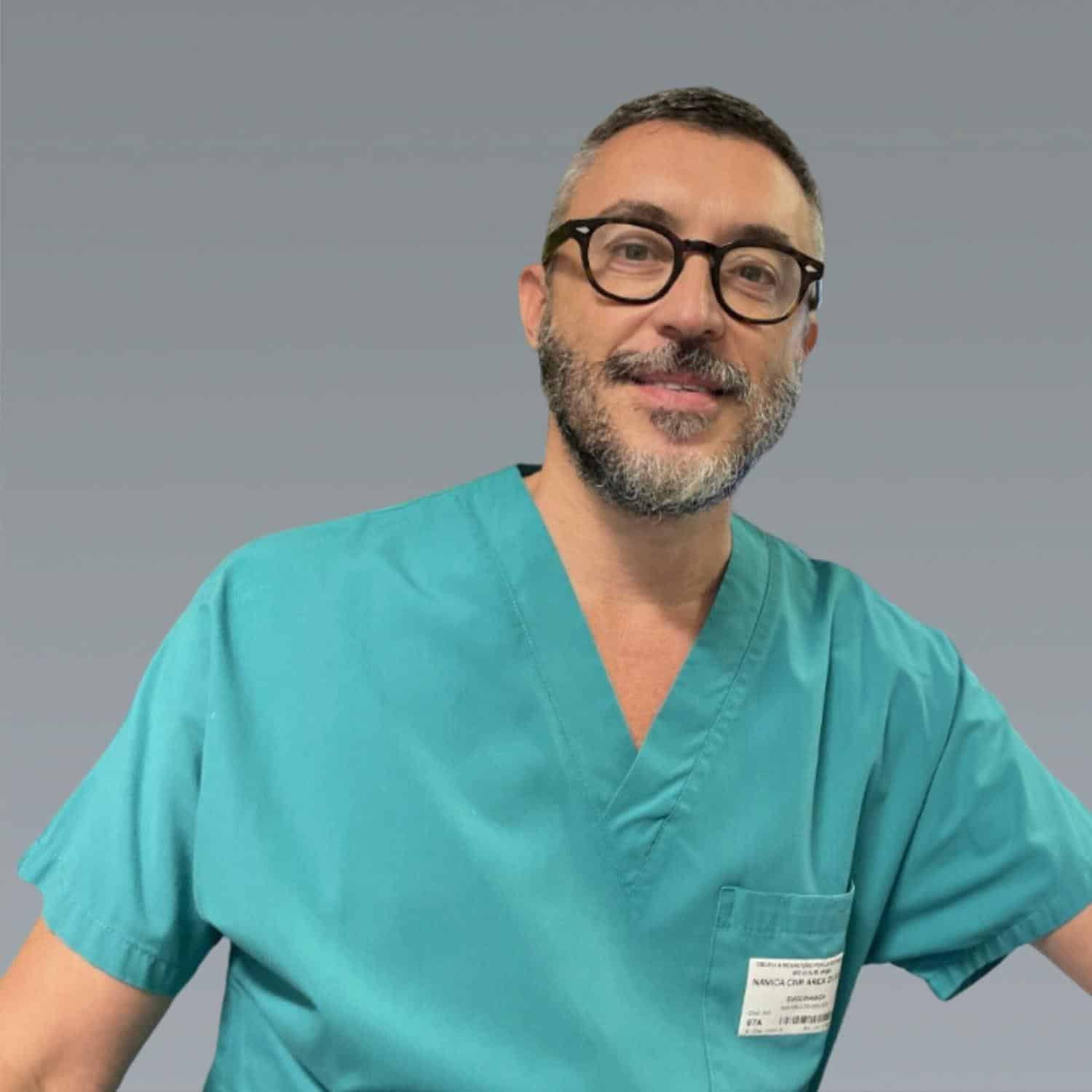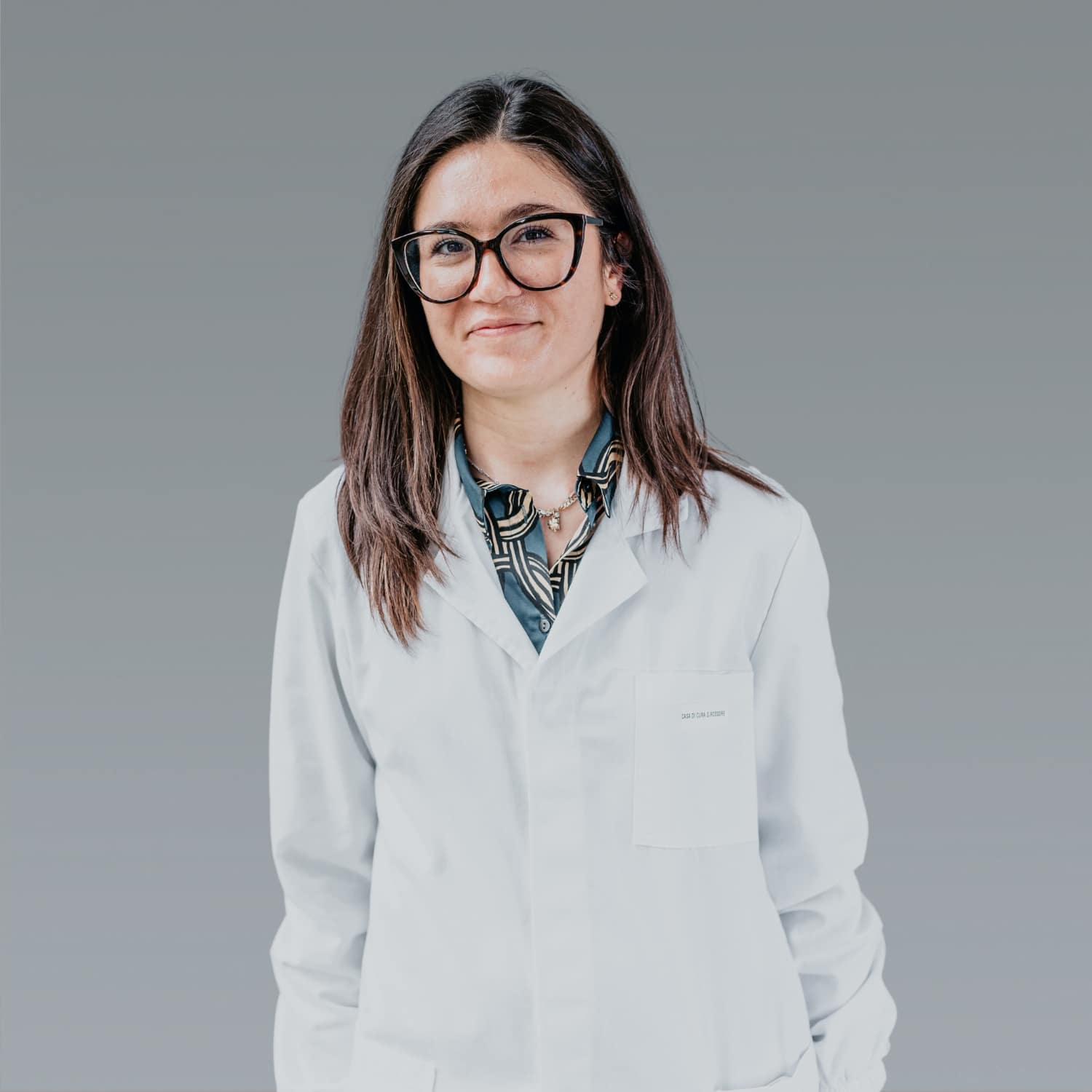Cardiology and Arhythmology
Casa di Cura San Rossore has a Cardiology service for the diagnosis and treatment of major cardiovascular diseases. Cardiologic examinations aimed at clinical evaluation of the patient, based on medical history and analysis of symptoms, comorbidities, and cardiovascular risk profile aimed at identification (and treatment) of possible diseases of the cardiovascular system can be performed.
Cardiological evaluation uses first-level diagnostic tools such as the baseline electrocardiogram and, depending on the clinical picture, second- and third-level diagnostic tests.
The following instrumental examinations can be performed at Casa di Cura San Rossore:
- Basal ECG – Examination that analyzes the electrical activity of the heart. It is used to identify any arrhythmias or alterations in the tracing.
- Cardiac echocolorDoppler (or echocardiogram)-an ultrasound examination designed to analyze the morphology and function of the heart and valvular structures, the early tract of the aorta, and the pericardium.
- Ergometric testing (cycloergometer exercise test) – Through this face test, any symptoms and/or changes in the electrocardiographic tracing during exercise that may indicate coronary artery disease are identified. The examination also allows the evaluation of blood pressure behavior, the possible occurrence of arrhythmias during exertion, and exercise tolerance.
- Dynamic sec.Holter ECG (or Holter ECG) – 24-hour ECG recording indicated in patients with history of heart palpitation or syncope, arrhythmias, atrial fibrillation, extrasystole etc.
- Holter pressor – 24-hour blood pressure recording aimed at patients with known or suspected hypertension to assess daytime and nighttime blood pressure behavior and evaluate the effectiveness of therapy.
- Exercise echocardiogram (with cycloergometer or bedside ergometer) or pharmacological stress (dipyridamole or dobutamine). The reasons why this examination may be required are:
- Evaluation of the presence of coronary artery disease
- Assessment of myocardial viability in subjects with previous myocardial infarction
- Evaluation of contractile reserve in subjects with left ventricular dysfunction
- Evaluation of valvular function and pulmonary systolic pressure during exercise by Doppler estimation of transvalvular gradients and pulmonary pressures, especially useful in some diseases such as mitral valvulopathy and pulmonary hypertension
Advanced cardiac imaging examinations can also be performed at the Casa di Cura San Rossore, targeting selected patients at the request of the specialist:
- Cardiac MRI with and without contrast medium – Advanced imaging examination that allows in-depth study of all cardiac structures and tissue characterization of the heart muscle.
- Coronary AngioTC – Noninvasive examination that studies the coronary arteries to identify any stenosing atherosclerotic plaques or coronary course abnormalities.
With the support and collaboration of the Tuscan Vascular Center, vascular diagnostics (echocolorDoppler of supra-aortic trunks, echocolorDoppler arteriovenous limb, echocolorDoppler abdominal aorta) are also performed.
Performance and therapy
A long and established experience with traditional techniques is now coupled with mastery of the most innovative methods for the treatment of ischemic heart disease and its acute complications
- Coronary revascularization in sternotomy using Extracorporeal Circulation (traditional intervention)
- Sternotomy coronary revascularization without the use of Extracorporeal Circulation (“beating heart” surgery)
- Left mini-thoracotomy revascularization (skin incision of a few centimeters) without the aid of Extracorporeal Circulation (minimally invasive coronary surgery) for the treatment of single- or bivascular disease
- Complete coronary revascularization using only arterial conduits
- Coronary revascularization with multiple anastomosed “Y” anastomosed arterial grafts without trauma to the ascending aorta (no touch aorta)
- Treatment of acute complications of myocardial infarction: rupture of the interventricular septum, left ventricular free wall, rupture of papillary muscles
- Treatment of chronic complications of ischemic heart disease: aneurysmectomy and reconstruction of left ventricular geometry, treatment of ischemic mitral insufficiency.
Alongside the traditional experience with prosthetic valve replacement of the heart, the most current and established valve reconstruction techniques are used.
Mitral valve
- Replacement with sternotomy and extracorporeal circulation by mechanical or biological valve prosthesis (traditional surgery)
- Valve system repair and reconstruction with sternotomy and extracorporeal circulation according to the most advanced techniques (almost all mitral insufficiencies treated)
- Valve apparatus repair and reconstruction with extracorporeal circulation and video-assisted technique by right mini-thoracotomy (minimally invasive surgery)
- Valve system repair and reconstruction with extracorporeal circulation and video-assisted technique by mini-sternotomy (minimally invasive surgery)
Aortic valve, aortic outflow region and ascending aorta
- Replacement with sternotomy and extracorporeal circulation by mechanical or biological valve prosthesis (traditional surgery)
- Valve repair and reconstruction with sternotomy and extracorporeal circulation according to the most advanced techniques
- Valve repair or replacement with mini-access (minimally invasive surgery) and extracorporeal circulation
- Replacement with sternotomy and extracorporeal circulation using tissue taken from cadaver (homograft)
- Valvular replacement without sternotomy with implantation of the valve prosthesis by transcatheter trans-femoral or trans-apical (TAVI), without extracorporeal circulation (minimally invasive surgery)
- Replacement of the ascending aorta with sternotomy and extracorporeal circulation using prosthetic tube or tissue from cadaver for the treatment of acute (dissection) or chronic (aneurysm) pathology according to the latest techniques involving preservation of the native valve in selected cases;
- Aortic arch replacement with sternotomy and extracorporeal circulation by prosthetic tube
Tricuspid valve
- Replacement with sternotomy or thoracotomy and extracorporeal circulation by mechanical or biological valve prosthesis (traditional surgery)
- Repair with sternotomy or thoracotomy and extracorporeal circulation
- Repair with sternotomy or thoracotomy and beating heart extracorporeal circulation without cardioplegic arrest
Reinterventions performed in extracorporeal circulation with percutaneous accesses and sternotomy or thoracotomy (minimally invasive)
Interatrial defect (DIA)
- Repair with video-assisted extracorporeal circulation according to the most advanced techniques by right mini-thoracotomy (minimally invasive surgery)
- Repair with video-assisted extracorporeal circulation according to the most advanced techniques by mini-sternotomy (minimally invasive surgery)
Interventricular defect (DIV):Repair with video-assisted extracorporeal circulation according to the most advanced techniques by right mini-thoracotomy (minimally invasive surgery)
Daily collaboration with the electrophysiology specialist and the creation of shared diagnostic-therapeutic pathways has enabled the development of established procedures, the emergence and progression of innovative lines of surgical treatment:
- Surgical ablation of atrial fibrillation during cardiac surgery (plastic/valve replacement, coronary artery bypass)
- Isolated atrial fibrillation ablation and left auricle closure by thoracoscopy
- Ablation of ventricular arrhythmias originating from the epicardium and ‘endocardium during left ventricular aneurysmectomy surgery
- Ablation of complex congenital and acquired ventricular arrhythmias by epi- and endocardial route with mini-thoracotomy (minimally invasive route) or in stereotomy
- Biventricular pace maker implantation by left mini-thoracotomy (minimally invasive)
